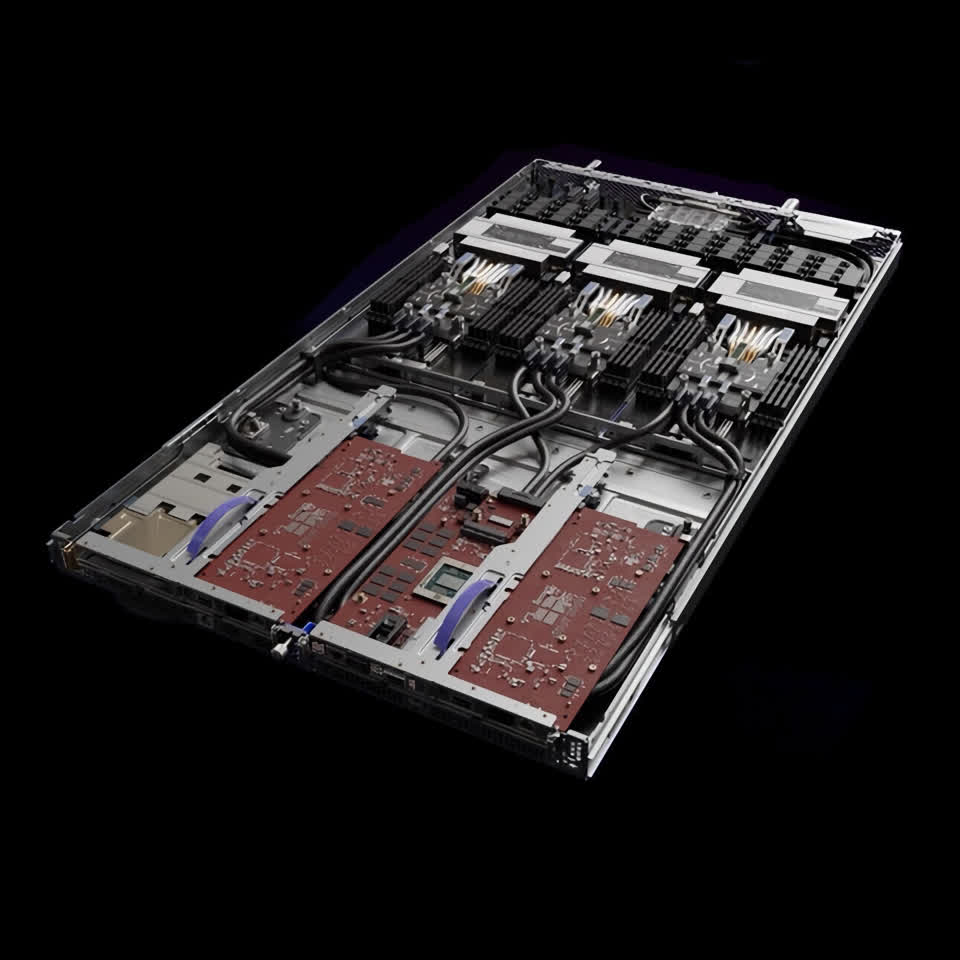Banks across the globe are undergoing or planning to undergo technology-driven transformations to address a changing and digitally disruptive market. Their objectives are to simplify products and policies, speed time-to-market, deliver superior customer and employee experiences, enable new ways of working, streamline operations, and modernize legacy systems to unlock economies of scale and reduce costs.
Several transformation drivers are shaping innovation in banking, with some of the latest trends detailed in Capgemini’s World banking research reports. But often, such transformative initiatives face roadblocks and execution challenges.
A quick online search reveals a discouraging statistic for banking transformation success. Changing regulations, competitive market dynamics, evolving customer expectations, internal leadership changes, and adoption failures are common reasons for the low success rate.
Transformations have a wide impact on people, processes, and technology. These initiatives come with high stakes due to the nature of the banking business and the high-risk environment in which they operate. I have often heard leaders use phrases such as “escaping death by a thousand cuts” and “cutting the elephant without killing it” while referring to an ongoing transformation initiative.
What key considerations make transformative initiatives successful?
Inspire by vision and purpose
At the core, people drive results. They must embrace change during and after the transformation. A key factor for success is how well the transformation’s vision and purpose inspire teams, instill a passion to execute, and advance the energy needed to move forward.
Even if leaders initiate transformation efforts with a strong business case, an exciting vision, a value profile, and alignment, results often do not move beyond a certain stage due to the fatigue that builds around the initiative over time.
[ Also read Digital transformation: 5 strategies to elevate your initiative. ]
Make it everyone’s business. Focusing on the “why” and clearly articulating the transformation’s purpose is a critical success factor. A strong why should resonate with everyone affected by the initiative. Reinforce the why periodically by modeling outcomes and building choice points.
Also, implement catalyst mechanisms to energize outcomes during various stages of the transformation. These mechanisms function as strategic levers based on events that transpire during the initiative.
For example, a tier-one Australian bank undergoing a multi-year core bank transformation re-energized its digital lending platform’s rollout by lining up channel managers from the distribution business network to the transformation program. These managers served as a catalyst mechanism, creating ambassadors who challenged functionality in defined iterations and took real issues to their business users. Reinforcing the why to the user community in a co-creation mode instead of using a “satellite” or “transformation office only” handover reduced the potential for surprises later.
Over time, this catalyst approach also generated genuine trust amongst the user community and created new career paths. The front-line staff integrated with the program, inspired people, and acted as a valuable feedback mechanism for the digital lending platforms to scale. This, in turn, created an environment of trust between the transformation change office and the front-line staff, who worked together toward common goals to achieve continuous adoption over time.
Embracing catalyst mechanisms tailored specifically to your financial institution’s culture will be a key differentiator in achieving transformation outcomes.
Revisit operating models and approaches
Most technology-led banking modernization initiatives create program management chaos due to the interplay of complex factors such as changing requirements, conflicts of interests, vendor dependencies, viability, regulatory compliance, business adoption, and value realization.
The focus is not to break the bank while changing the bank. Milestone slips during transformations lead to delays and increased pressure, indicating a project mindset rather than a transformation mindset.
A transformation mindset requires a focus on operating rhythms and iterative, incremental business integration over time. In contrast, a project mindset focuses on individual milestones in silos.
Successful transformations cater to the inherent paradox of knowing it all versus living in the unknown. They embrace vulnerability at the executive level while establishing an environment in which all teams involved can iterate and improve.
[ Learn the non-negotiable skills, technologies, and processes CIOs are leaning on to build resilience and agility in this HBR Analytic Services report: Pillars of resilient digital transformation: How CIOs are driving organizational agility. ]
Good program design recognizes the unknowns that occur during transformation. It creates the right environment by building a culture of learning, freedom, continuous improvement, and scalability rather than following a standard implementation checklist.
Good program design recognizes the unknowns that occur during transformation.
One global bank undergoing core banking transformation moved through three different operating models during a multi-year digital platforms transformation journey. It started with a vertical capability-driven approach to establish a base product, then moved to a hybrid feature-driven approach to augment broader coverage. The final step was to a scaled agile continuous delivery approach where cross-functional teams work together and continuously improve products and services. This approach integrates the lines of businesses, resulting in continuous transformation and new ways of operating.
This contrasts with a standard project “benefits realization” approach that focuses on a finish line and pushes the hand-over milestone. A culture of continuous improvement minimizes the need for one formal handover, instead creating a continuously transforming enterprise with multiple smaller wins and a successful adoption journey over time. The benefit of seamless integration and business readiness results in feedback loops that make rolling out changes faster and easier.
Balance design and governance
Complex technology design and non-scalable architecture are among the key reasons why initiatives fail to deliver the intended outcomes. Design and technology selection can no longer be a siloed IT department decision.
Establish strategic design principles
Guiding implementation teams on a robust design approach is key to transformation success. Establishing where and where not to build in the architectural landscape is both an art and a science.
One global bank, while transforming its consumer banking line of business by implementing a breed of digital platforms upfront, made the strategic decision to buy vs. build. Instead of customizing the core banking system for bespoke requirements, it chose to build for custom requirements around the core, using the existing data infrastructure and digital platforms. This approach offers easier incremental feature uplifts while ensuring that the core banking platform is ready for seamless upgrades in the future.
Establishing such principles is difficult and requires clarity on the longer-term perspective, future enterprise needs, the viability of design, and the business case. Using a Desirability, Viability, and Feasibility (DVF) framework, which focuses on an intersection of the three aspects, offers significant value. Establishing these strategic principles upfront at the discovery and strategy stage of transformation is vital for overall success.
Design end-to-end
While transformation blueprints and roadmaps can help establish a broad strategy that offers guidance at an executive level and are key to initiating the transformation, they may not offer practical value at the implementation level. There is constant friction between the strategic and the execution layer during transformation.
Adopting balanced measures that establish feedback loops between strategy and execution and an end-to-end approach to eliminating waste and remaining value-conscious during implementation is key to success. This requires review and endorsement of design at stage gates to drive the transformation forward and remove decision paralysis. An approach where operating rhythms cater to end-to-end design during the day-to-day implementation results in superior design.
Design to solve for coexistence
With agile going mainstream, most banks undergoing legacy modernization face the challenge of “coexistence.” This is due to iterative release increments that offer value over time. Any transformation that involves rolling out commercial off-the-shelf banking and digital platforms to end users in an agile approach can involve a period of coexistence with the legacy systems since all the capabilities required to run the business are not available on Day 1. Consider mitigating coexistence upfront through the use of automation, manual interventions, or tool migration.
Design for adoption
Failure of users to adopt new capabilities is a common transformation challenge. Consider a “test and learn” approach and co-creating with the user community for continuous improvement. Using empathy to focus on user journeys and interactions and to solve pain points can help you make informed design decisions. A business community that is continuously engaged and aligned with the program goals is far more likely to resolve disagreements early in the design cycle and contribute to the transformation’s success.
[ Also read Updating your core banking strategy: 9 lessons. ]
Establish governance
In a complex banking environment, initiatives often slow down due to communication barriers, external environment influence, decision paralysis, and scope creep, among other reasons. Setting up a pragmatic governance model that balances matured and faster decision-making enhances execution and enables the transformation to evolve and integrate with the enterprise.
Harness data to drive transformation and change
Banks are data powerhouses; most transformation programs adopt a performance measurement framework to monitor goals. Transformation scorecards enable reporting of insights such as scope coverage and benefit realization to the leadership team.
Transformation initiatives rarely utilize real-time usage data to drive end-user adoption. This is because change intervention activity is often seen as outside of the initiative and part of a formal handover phase. End-user journey studies using behavioral analytics and activity data to blend with the transformation metrics will allow the initiative to scale better.
This requires additional investment in data pipelines to build dashboards and implement analytics for tactical use, but the benefits are worth it. Data-driven change mechanisms using behavioral data provide deep insight into how users are interacting with the new systems. These insights can then help execution teams adjust the user experience design while also revealing user needs. This data also provides an end-to-end view of the user journey, allowing you to formulate different strategies to scale the transformation – for example, setting up a reward-based environment where change happens by users for users rather than mandating it.
[ Want insights on talent and innovation from former financial services IT leaders? Get the ebook: Meet the Bankers. ]




